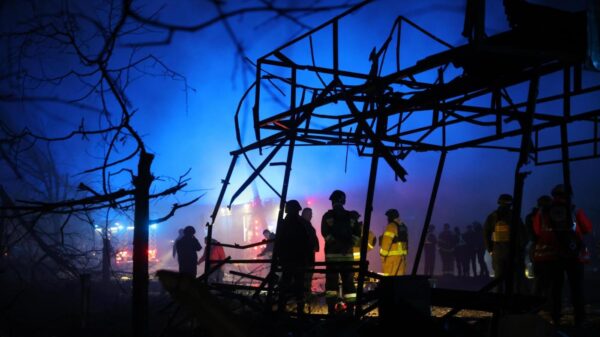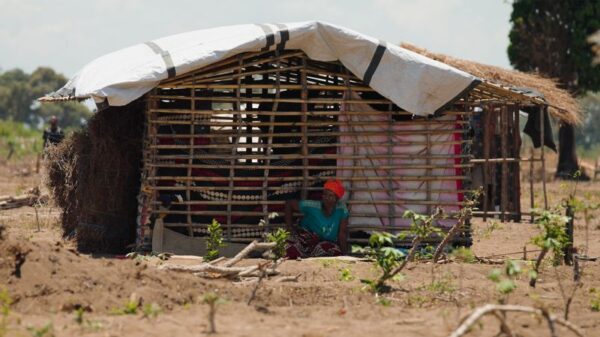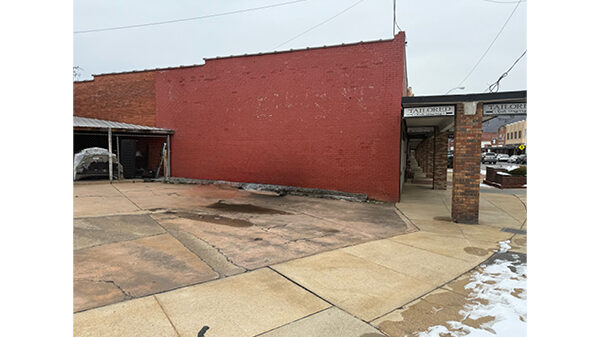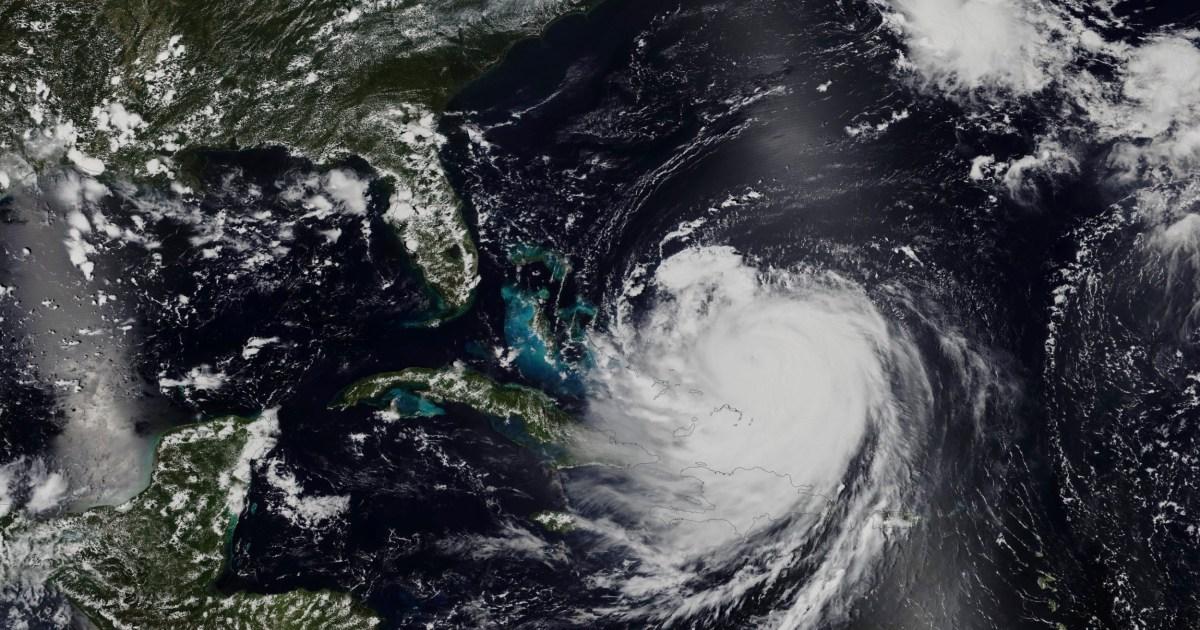UPDATE: Hurricane Erin is rapidly approaching the US East Coast, threatening to isolate vulnerable barrier islands in North Carolina. This major storm, now classified as a Category 2, previously reached Category 5 status and caused widespread power outages in Puerto Rico over the weekend.
As of Tuesday morning, Erin’s trajectory is expected to remain hundreds of miles offshore while moving northeasterly, but its impact will still be felt significantly. Massive, 20-foot waves are forecasted to slam into the Outer Banks, a fragile chain of barrier islands that are already facing serious erosion.
Coastal Studies Institute executive director Reide Corbett warned, “We haven’t seen waves of that size in a while, and the vulnerable spots have only gotten weaker in the past five years.”
Evacuation orders have been issued for Hatteras and Ocracoke islands as a precaution. The critical access route, NC 12, is anticipated to be severely impacted, potentially cutting off these communities from the mainland for days or even weeks. With around 3,500 residents in the Outer Banks, the stakes are high.
Concerns are mounting as previous storms have led to the loss of homes. At least two abandoned houses in Rodanthe, the furthest point into the Atlantic, may succumb to Erin’s powerful waves. Since 2020, a dozen homes in Rodanthe have been lost to the ocean, highlighting the ongoing erosion crisis.
Authorities are urging residents to heed evacuation orders and prepare for potential isolation from essential services. While there is currently no hurricane warning in effect, the situation remains fluid, and officials are closely monitoring Erin’s path.
As the storm continues to develop, residents and officials alike are bracing for what could be a significant weather event. Stay tuned for the latest updates as this situation unfolds.
For more stories like this, visit our news page or contact our team at [email protected].




































































